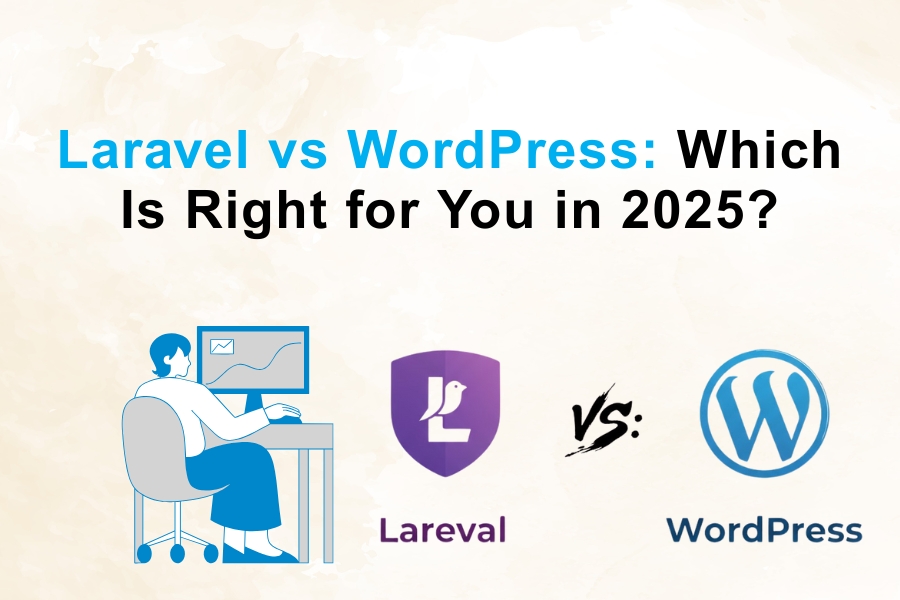7 Game-Changing Node.js Trends Shaping 2025

Node.js has become one of the most popular JavaScript runtime environments, empowering developers to build fast, scalable, and high-performing applications. From startups to enterprise-level organizations, Node.js is widely adopted for its lightweight, event-driven, and non-blocking I/O model. As we step into 2025, Node.js continues to evolve with new tools, frameworks, and approaches that are reshaping modern app and website development.
If you are a developer or business owner, staying updated with the latest Node.js trends in 2025 is essential for building future-ready applications. Let’s explore the 7 game-changing Node.js trends shaping 2025.
7 Game-Changing Node.js Trends
Explore the seven game-changing Node.js trends that will shape the development landscape in 2025. Stay ahead of the curve with these insights!
Serverless Architecture with Node.js
Serverless computing is revolutionizing the way applications are deployed and scaled. Developers no longer need to manage servers manually; instead, they can focus purely on writing code. In 2025, Node.js will play a crucial role in building serverless applications using platforms like AWS Lambda, Google Cloud Functions, and Azure Functions.
-
Why it matters: Reduced infrastructure costs, faster deployment, and automatic scalability.
-
Use case: Building event-driven APIs, microservices, and real-time data processing applications.
Rise of Microservices with Node.js
Monolithic architectures are being replaced by microservices for better scalability and maintainability. Node.js, with its lightweight and modular nature, is a perfect choice for microservices development. In 2025, expect more companies to migrate legacy systems into microservices powered by Node.js.
-
Why it matters: Enhances flexibility, fault isolation, and independent scaling of services.
-
Use case: Large-scale enterprise applications and SaaS platforms.
Node.js and Artificial Intelligence (AI) Integration
Artificial Intelligence and Machine Learning are no longer limited to Python. Node.js libraries and APIs are making it possible to integrate AI into applications seamlessly. With tools like TensorFlow.js and Brain.js, developers can now use Node.js for AI-driven chatbots, recommendation systems, and predictive analytics.
-
Why it matters: Brings intelligence and personalization to apps.
-
Use case: AI chatbots, sentiment analysis tools, and real-time recommendation engines.
Enhanced Security Practices in Node.js
With the increasing risk of cyberattacks, security is one of the biggest Node.js trends in 2025. Developers are adopting advanced security practices such as runtime application self-protection (RASP), stronger authentication methods, and security-focused frameworks. The Node.js Security Working Group continues to strengthen the ecosystem with regular patches and guidelines.
-
Why it matters: Protects sensitive data and builds user trust.
-
Use case: Fintech apps, eCommerce platforms, and healthcare systems.
Real-Time Applications Powered by Node.js
Real-time apps such as chat platforms, online gaming, and video conferencing are becoming more popular. Node.js, with its WebSockets and event-driven architecture, makes real-time communication seamless. In 2025, expect more businesses to use Node.js for building interactive applications that require instant updates.
-
Why it matters: Enhances user experience and engagement.
-
Use case: Social media platforms, collaboration tools, and streaming services.
GraphQL Adoption with Node.js
REST APIs have been the standard for years, but GraphQL is gaining momentum as a more efficient way of fetching and managing data. Node.js developers are increasingly adopting GraphQL because it reduces over-fetching and under-fetching of data, especially in complex applications.
-
Why it matters: Offers flexibility, efficiency, and faster performance.
-
Use case: Mobile applications, eCommerce websites, and multi-device platforms.
Edge Computing and Node.js
With the rise of IoT and 5G, edge computing is becoming a necessity. Instead of sending all data to a central server, edge computing processes it closer to the source. Node.js, known for its lightweight runtime, is a perfect fit for running applications on edge devices.
-
Why it matters: Reduces latency, improves performance, and supports IoT scalability.
-
Use case: Smart devices, autonomous vehicles, and real-time analytics systems.
Conclusion
Node.js continues to be a driving force behind modern application development. From serverless architecture and microservices to AI integration and edge computing, these trends are shaping the future of web and app development in 2025. The Developers will likely gain great value in not only developing their skills by tracking these Node.js trends, but also discovering new opportunities creating innovative, scalable and secure applications. Businesses can also capitalize on these trends to provide users with seamless digital experiences.






